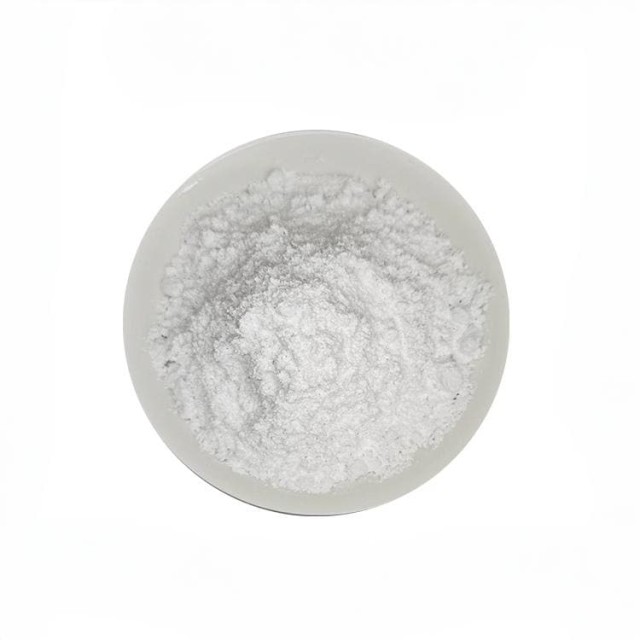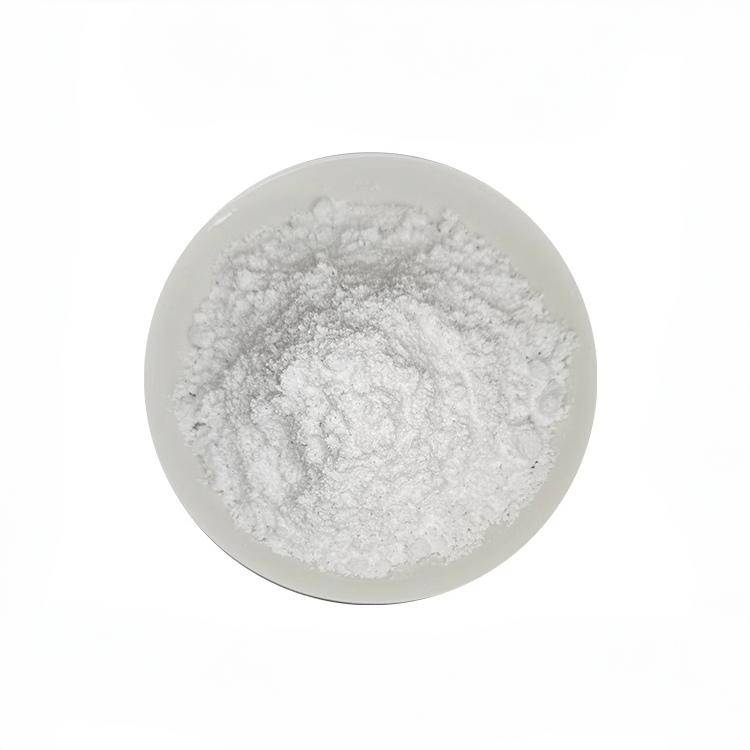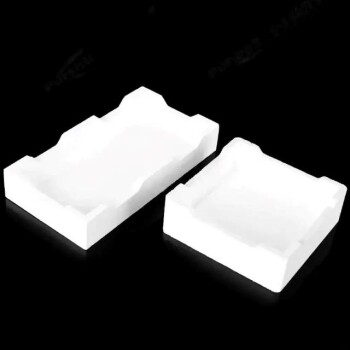
fine ceramics
Advanced Engineering Fine Ceramics Low Temperature Alumina Granulation Powder
Item Number : KM-P03
Price varies based on specs and customizations
Shipping:
Contact us to get shipping details Enjoy On-time Dispatch Guarantee.
Why Choose Us
Reliable PartnerEasy ordering process, quality products, and dedicated support for your business success.
Introduction
Low temperature alumina granulation powder is a kind of alumina particles produced by a special low temperature process, designed to meet the needs of temperature sensitive applications. This material has excellent low temperature performance and good processing characteristics, suitable for a variety of industries that require low temperature processing and treatment.
Features
- Low temperature stability: Maintains stable physical and chemical properties at lower temperatures.
- Good flexibility: Provides better flexibility and lower thermal expansion coefficient, suitable for applications sensitive to thermal shrinkage.
- Excellent dispersibility: Good dispersibility in liquid media helps improve product uniformity and performance.
- Low shrinkage: Shows lower shrinkage during curing, helps maintain product dimensional stability.
Application
- Special coatings: used to produce low-temperature curing coatings to improve the flexibility and weather resistance of coatings.
- Adhesives: used as fillers for low-temperature adhesives to enhance bonding strength and durability.
- Low-temperature ceramics: used to manufacture ceramic products that need to be sintered at lower temperatures.
Technical Parameters
- Appearance: White or slightly colored granular material.
- Particle size range: Usually between a few microns to hundreds of microns, can be customized according to customer needs.
- Purity: Usually above 99%, depending on application requirements.
- Bulk density: Provides the bulk density of the product to evaluate its performance during mixing and transportation.
Detail & Parts

Technical specifications
| Al2O3(%) | Embryo density (g/cm3) | Particle size distribution (mesh) | Bulk density (g/cm3) | Firing temperature (℃) | Hot holding time (h) | Shrinkage (%) | Porcelain density (g/cm3) | Porcelain color | |
|---|---|---|---|---|---|---|---|---|---|
| DZ-99.5 | ≥99.5 | 2.3-2.4 |
60-200 mesh Center diameter 140 |
1.05-1.15 | 1650 | 2.5-3 |
16±0.5 | ≥3.92 | Slightly yellow |
| DZ-99A | ≥99 | 2.3-2.4 | 1.05-1.15 | 1630 | 16±0.5 | ≥3.90 | Slightly yellow | ||
| DZ-95C | ≥99 | 2.25-2.35 | 1.05-1.15 | 1630 | 16±0.5 | ≥3.88 | Slightly yellow | ||
| DZ-97 | ≥97 | 2.25-2.35 | 1.1-1.2 | 1600 | 16±0.5 | ≥3.75 | white | ||
| DZ-95 | ≥95 | 2.3-2.4 | 1.15-1.25 | 1560 | 14±0.5 | ≥3.68 | white | ||
| DZ-93 | ≥93 | 2.25-2.35 | 1.1-1.2 | 1560 | 13±0.5 | ≥3.65 | white | ||
Shrinkage test: cylinder Φ30mm, weight 20g, pressure: 1.2T/cm2.
Application
| Serial number | Product model | Scope of application |
|---|---|---|
| 1 | DZ-99.5 | Semiconductor components, 5G communication supporting ceramics, etc. |
| 2 | DZ-99A | Ceramic plunger, bushing, photovoltaic, etc. |
| 3 | DZ-93 | Electric vacuum ceramic shell and other metallized products |
| 4 | PZ-95A | Water valve plate, spark plug, etc. |
| 5 | PZ-95 | Fuse, relay supporting ceramics, etc. |
Packaging and storage
- Packaging: Use moisture-proof and dust-proof packaging materials such as plastic bags, cartons or ton bags.
- Storage: It is recommended to store in a dry and ventilated warehouse to avoid contact with moisture and chemicals.
Safety Precautions
- During operation: Wear appropriate personal protective equipment such as masks, gloves and protective glasses.
- Waste disposal: Dispose of waste alumina granulation powder in accordance with local environmental protection regulations.
FAQ
What Are Advanced Ceramics?
What Are The Main Applications Of Fine Ceramics?
What Are Engineering Ceramics?
What Are The Main Types Of Advanced Ceramics?
What Are The Main Types Of Fine Ceramics?
What Are The Main Types Of Engineering Ceramics?
What Are The Applications Of Advanced Ceramics?
What Is The Principle Behind Fine Ceramics?
What Are The Applications Of Engineering Ceramics?
How Are Advanced Ceramics Manufactured?
What Are The Advantages Of Using Fine Ceramics?
How Do Engineering Ceramics Differ From Traditional Ceramics?
What Are The Advantages Of Using Advanced Ceramics?
What Are The Advantages Of Using Alumina Ceramics?
What Is The Difference Between Alumina And Zirconia Ceramics?
Why Are Zirconia Ceramics Preferred In Certain Applications?
Why Are Silicon Carbide Ceramics Used In High-temperature Applications?
What Makes Silicon Carbide Ceramics Suitable For High-temperature Applications?
What Makes Boron Nitride Ceramics Unique?
How Are Boron Nitride Ceramics Used In Electronics?
How Do Advanced Ceramics Contribute To Energy Efficiency?
What Is The Manufacturing Process Of Engineering Ceramics?
Can Engineering Ceramics Be Customized For Specific Applications?
4.7
out of
5
Exceptional quality, perfect for our low-temp ceramic needs.
4.8
out of
5
Superb dispersibility, enhances our coating process significantly.
4.9
out of
5
Durable and cost-effective, highly recommend for adhesives.
4.8
out of
5
Low shrinkage, great for maintaining product dimensions.
4.7
out of
5
Fast delivery, arrived in perfect condition.
4.9
out of
5
Excellent flexibility at low temps, ideal for our applications.
4.8
out of
5
High purity, consistent performance in our experiments.
4.7
out of
5
Value for money, significantly improves our product quality.
4.9
out of
5
Technologically advanced, meets all our low-temp needs.
4.8
out of
5
Easy to handle, reduces processing time effectively.
4.7
out of
5
Stable performance, reliable for long-term use.
4.9
out of
5
Impressive bulk density, perfect for our mixing needs.
4.8
out of
5
Moisture-proof packaging, ensures product integrity.
4.7
out of
5
User-friendly safety precautions, operation is hassle-free.
4.9
out of
5
Customizable particle size, tailored to our exact requirements.
REQUEST A QUOTE
Our professional team will reply to you within one business day. Please feel free to contact us!
Related Products

High Purity Alumina Granulated Powder for Engineering Advanced Fine Ceramics
Ordinary alumina granulated powder is alumina particles prepared by traditional processes, with a wide range of applications and good market adaptability. This material is known for its high purity, excellent thermal stability and chemical stability, and is suitable for a variety of high-temperature and conventional applications.

Advanced Engineering Fine Ceramics Aluminum Nitride (AlN) Ceramic Sheet
Aluminum nitride (AlN) has the characteristics of good compatibility with silicon. It is not only used as a sintering aid or reinforcing phase for structural ceramics, but its performance far exceeds that of alumina.

Advanced Engineering Fine Ceramics Alumina Ceramic Saggar for Fine Corundum
Alumina sagger products have the characteristics of high temperature resistance, good thermal shock stability, small expansion coefficient, anti-stripping, and good anti-powdering performance.

High Temperature Wear-Resistant Alumina Al2O3 Plate for Engineering Advanced Fine Ceramics
High temperature wear-resistant insulating alumina plate has excellent insulation performance and high temperature resistance.

Advanced Engineering Fine Ceramics Boron Nitride (BN) Ceramic Parts
Boron nitride ((BN) is a compound with high melting point, high hardness, high thermal conductivity and high electrical resistivity. Its crystal structure is similar to graphene and harder than diamond.

Precision Machined Yttria Stabilized Zirconia Ceramic Plate for Engineering Advanced Fine Ceramics
Yttrium-stabilized zirconia has the characteristics of high hardness and high temperature resistance, and has become an important material in the field of refractories and special ceramics.

Precision Machined Yttrium Stabilized Zirconia Ceramic Rod for Engineering Advanced Fine Ceramics
Zirconia ceramic rods are prepared by isostatic pressing, and a uniform, dense and smooth ceramic layer and transition layer are formed at high temperature and high speed.

Engineering Advanced Fine Ceramics Head Tweezers with Pointed Elbow Zirconia Ceramic Tip
Zirconia ceramic tweezers are a high-precision tool made of advanced ceramic materials, especially suitable for operating environments that require high precision and corrosion resistance. This type of tweezers not only has excellent physical properties, but is also popular in the medical and laboratory fields because of its biocompatibility.

High Temperature Alumina (Al2O3) Furnace Tube for Engineering Advanced Fine Ceramics
High temperature alumina furnace tube combines the advantages of high hardness of alumina, good chemical inertness and steel, and has excellent wear resistance, thermal shock resistance and mechanical shock resistance.

High Temperature Aluminum Oxide (Al2O3) Protective Tube for Engineering Advanced Fine Ceramics
Alumina oxide protective tube, also known as high temperature resistant corundum tube or thermocouple protection tube, is a ceramic tube mainly made of alumina (aluminum oxide).
Related Articles

XPS Powder Sample Preparation and Precautions
Guidelines for preparing and handling powder samples for XPS analysis.

The 5 Hottest Advanced Ceramic Powders Currently Available!
An overview of the top 5 advanced ceramic powders: High Purity Aluminum Oxide, Boehmite, Aluminum Nitride, Silicon Nitride, and Spherical Alumina, highlighting their applications and market trends.

Comprehensive Guide to Alumina Crucibles in Powder Metallurgy
An in-depth look at the properties, applications, and usage of alumina crucibles in powder metallurgy processes.

Cryogenic Pulverization Technology and Its Applications
Explores the process, advantages, disadvantages, and applications of cryogenic pulverization in various fields.

Comprehensive Overview of Zirconia Ceramic Materials
A detailed exploration of zirconia ceramics, including properties, history, preparation, molding, sintering, and applications.

Introduction to the Casting Process for Sputtering Targets
A comprehensive guide to the casting process for sputtering targets, including suitable materials, advantages, and detailed process steps.

Preparation Methods for High Purity Aluminum Oxide
An overview of various methods to produce high purity aluminum oxide, including hydrolysis, pyrolysis, modified Bayer, precipitation, baking, sol-gel, and spark discharge methods.

Mechanical Properties and Structural Enhancements of Ceramics
An in-depth analysis of the mechanical properties of ceramics, including strengths, weaknesses, and methods for improvement.

Advantages of Vacuum Sintering Furnace
Explores the benefits of vacuum sintering furnaces, focusing on reduced harmful components, improved material properties, and lower temperature requirements.

The Ritual of Clarity: A Systemic Approach to Cleaning Furnace Tubes
Cleaning a furnace tube isn't just maintenance; it's calibration. Learn the diagnostic process for quartz and alumina tubes to prevent contamination.